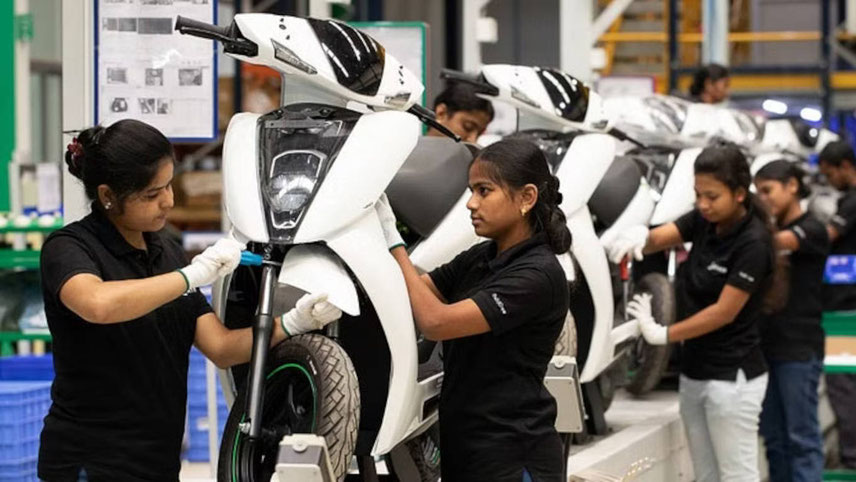-
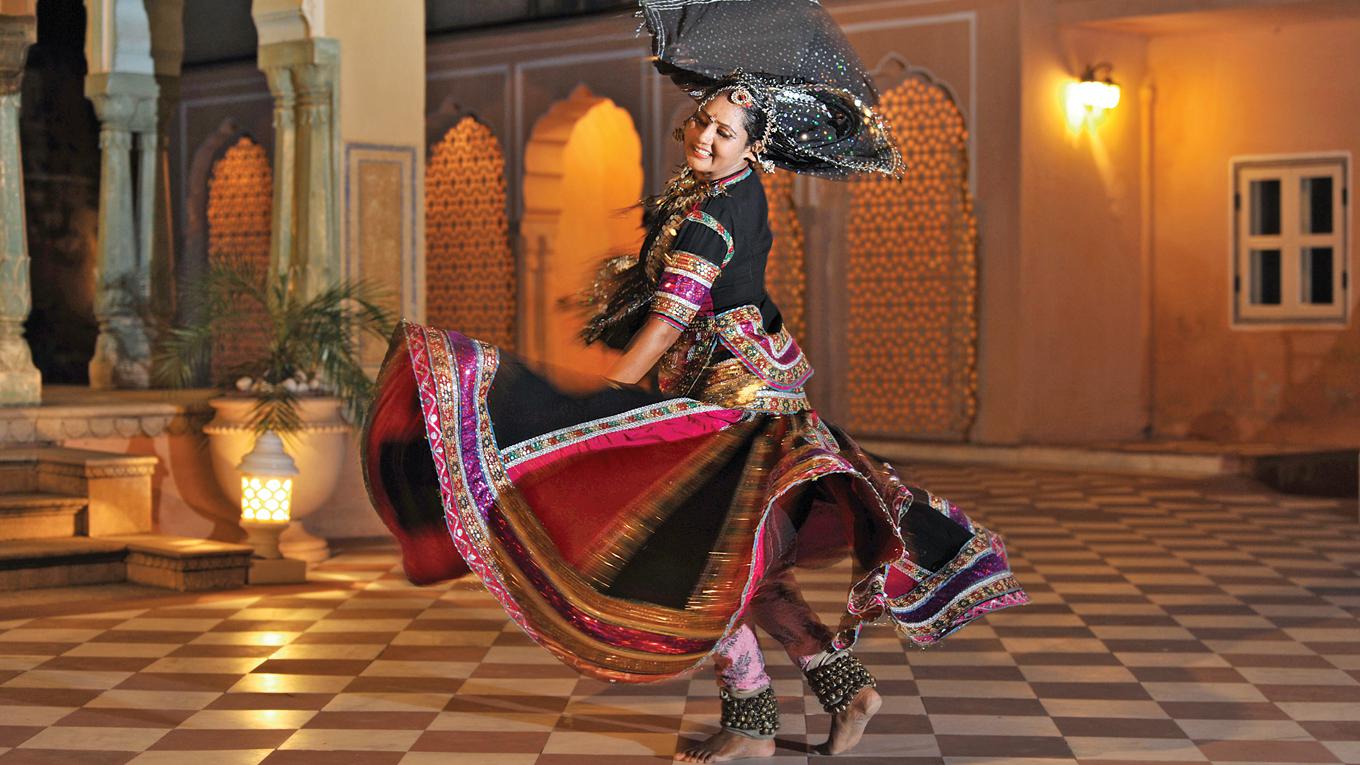
India has a rich cultural heritage in different forms that can be commercially promoted
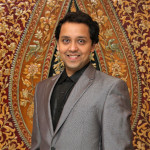
The creative economy is one of the most rapidly growing sectors of the world economy. It is highly transformative in terms of income generation, job creation and export earnings. Culture is the driver of creative industries and the creative economy. Culture enables development and empowers people with capacities to take ownership of their own development process. When culture is integrated into the economy, it directly aids in sustainable development over and above the cultural preservation that ensues. World trade of creative goods and services totalled a record $624 billion in 2011 (more than double from 2002); the average annual growth rate during that decade was 8.8 per cent. As per the Creative Economy Report (2013) published by the UNDP and UNESCO, investment in culture and resultant outcomes from culture can lead to inclusive social development, inclusive economic development, environmental sustainability and peace and security. Cradle of arts and culture India or Bharat, has been a cradle of arts and culture since millennia. Owing to its diversity, India has a rich cultural heritage in different forms. Few countries can boast such an ancient history filled with different hues and colours. India is a mixture of various cultures due to different waves of migration and invasions. Linguistic variety: India has 22 official languages that are used across all its states and Union Territories. According to the People’s Linguistic Survey of India, as many as 780 different languages are spoken and 86 different scripts are used in the country. Religious demography: India is a secular state and the Indian Constitution has declared the right to freedom of religion as a fundamental right. India is the birthplace of four major world religions: Hinduism, Jainism, Buddhism and Sikhism. According to Pew Research, India is a moderately ranked country when it comes to religious diversity. The diversity in religions naturally adds to the diversity in the types and number of festivals celebrated across the country. Some festivals are celebrated across regions and some are religion specific. Festivals are marked with a lot of cultural significance and are accompanied by celebrations. Often, these celebrations are a fusion of dance, music and drama thereby keeping the rich cultural legacy intact year after year. There are more than 80 festivals celebrated across India. India has a variety of art forms and crafts, its regional diversity reflected in the myriad art forms like dance, music and drama. Natya Shastra is a detailed treatise on dramatic art that deals with all aspects of classical Sanskrit theatre. It is believed to have been written by the sage and priest Bharata. It is considered to be the foundation of fine arts in India. The text is still an authority for performing arts but is particularly important for dance where many of the positions and gestures found in Indian dance were first codified in this text. Indian dance forms: Indian dances are broadly classified into classical and folk. Alternatively, some are also classified as tribal and non-tribal. Some dance forms date back thousands of years and some of the world’s popular classical forms have originated in India. Folk dances vary according to local traditions of the respective state, ethnicity and geographical regions. There are more than 130 well-known folk dances across the states in India. Indian music forms: The history of the system of music that prevailed in India from ancient times goes back to the Vedas. The earliest evidence of music activity is found on the walls of cave paintings at Bhimbetka and in several parts of Madhya Pradesh, which were occupied by humans approximately 10,000 years ago. Much later, in the excavations of the Harappan Civilization, evidence is available of dance and music activity. Two systems of music are recognised as classical music: Hindustani Classical and Carnatic Classical. Carnatic music is confined to Karnataka, Andhra Pradesh, Tamil Nadu and Kerala. The classical music of the rest of the country goes under the name, Hindustani Classical Music. Apart from the two classical forms of music, India also has a lot of regional music. These include tribal and folk music. There are 31 regional music forms mentioned by the Center for Cultural Resources and Training. Indian theatre forms: India also has rich and celebrated forms of theatre and puppetry. It is believed that puppetry originated in India before 500 B.C. Traditionally, puppets have been used for telling stories connected to myths, legends, history and religion. Today they are also being used for communicating educational concepts and campaigning for various social causes. The common types of puppets are string puppets, shadow puppets, rod puppets and glove puppets. Theatre is also a popular art form in India. Traditional theatre was a part of religious festivals, fairs, gatherings, ritual offerings, prayers throughout the year. Theatre, in a way, is a complete art form as it includes not just a narrative and associated acting but also music, poetry and dance. Theatre forms are based on local and regional influences.
-
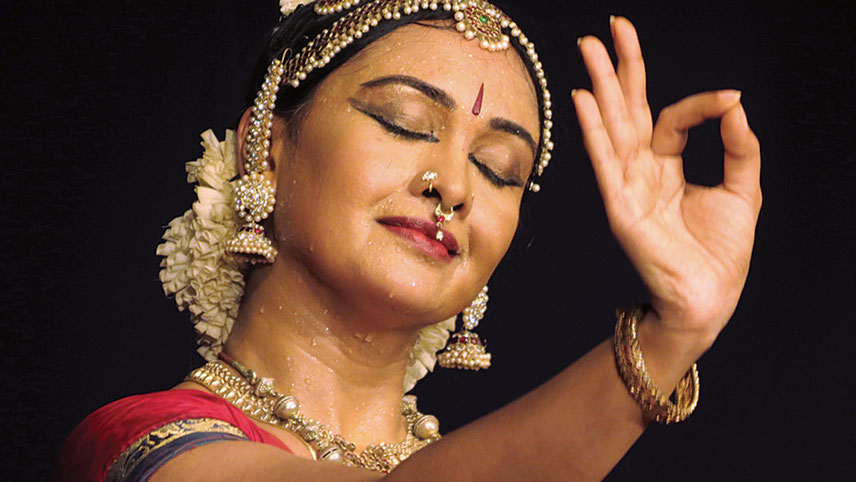
Some dance forms date back thousands of years and some of the world’s popular classical forms have originated in India
Cultural tourism in India
India is known for its archaeological heritage and natural beauty. There are innumerable number of archaeological sites, monuments, temples, and natural formations that underscore the vastness of India’s cultural and natural heritage. These form a part of the tangible heritage in India.
Library system in India: Libraries are repositories of Indian culture. Sayaji Rao Gaekwad III, Maharaja of Baroda, was a visionary, who pioneered the development of Public Library System in India as early as 1910. It is believed that Nalanda University (in Bihar) had its own multi-storeyed library in 600 AD with massive collection of manuscripts. Many library complexes were destroyed by invaders during the second millennium, thereby destroying civilisational records of many millennia. While libraries today have contemporary collections and books that are relevant for today’s audience, they are a goldmine as far as India’s history is concerned. As per estimates, there are more than 70,000 public libraries in India.
Indian handicrafts: Handicrafts are an important part of the creative and cultural industry in India. As the names suggest, handicrafts and handlooms, though different in output and products, are handmade by artisans. The history of Indian handicrafts goes back to almost 5,000 years.
There are numerous examples of handicrafts from the Indus Valley Civilization. The production of handicrafts is (after agriculture) the largest source of income among the rural population – an estimated 1.165 crore Indians were engaged in craft production in 2013. This is expected to grow to 1.8 crore by 2022. Data from unofficial sources indicate that up to 20 crore craftspeople or artisans depend on this sector for a livelihood.
-
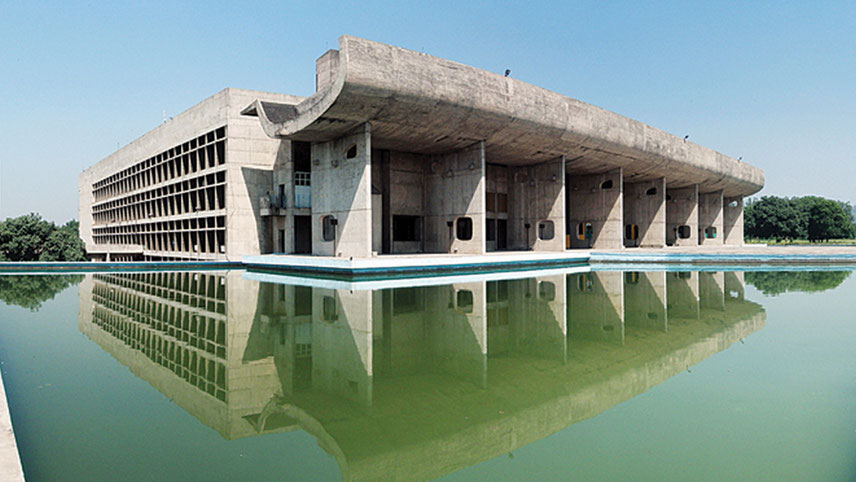
There are innumerable number of archaeological sites, monuments, temples, and natural formations that underscore the vastness of India’s cultural and natural heritage
GOVERNMENT OF INDIA SCHEMES
The Government of India and the erstwhile Planning Commission started many institutions for the ‘arts & culture’ field as a whole. Among the major ones are the Indian Council of Cultural Relations (1950); Sangeet Natak Akademi (1953); National Museum, Sahitya Akademi, National Gallery of Modern Art and Lalit Kala Akademi (all set up in 1954, following a Parliamentary Resolution); Film Institute of India (1959); National School of Drama (1959) and National Institute of Design (1961).
The ministry of culture is directly responsible for preservation of India’s arts, culture and heritage. Institutions like the Archaeological Survey of India, Anthropological Survey of India, and National Archives of India, function under it. A budget outlay of Rs2,738.47 crore has been sanctioned for the ministry for the year 2017-18. Some of the major schemes include:
Museum grant scheme
The objective is to provide financial assistance to the State governments, autonomous bodies, local bodies, societies and trusts registered under the Societies Act for setting up of new museums as well as for development of existing museums. A budget of Rs97 crore has been allotted from 2013 to 2017 for this scheme.
Scholarships to young artists in different cultural fields
This seeks to give assistance to young artistes of outstanding promise for advanced training within India in the field of Indian Classical Music, Indian Classical Dance, Theatre, Mime, Visual Art, Folk, Traditional and Indigenous Arts and Light Classical Music. Each scholar will be paid Rs5,000 per month for a period of two years to cover living expenses on travelling, books, art material or other equipment and tuition or training charges, if any. Every year 400 scholarships are awarded under this scheme.
Hriday
Launched in January 2015, this aims to preserve and revitalise heritage cities and to reflect the unique character of the respective city by encouraging an aesthetically appealing, accessible, informative and secured environment. Over the last three years (completing in November 2018) and a total outlay of Rs500 crore, the scheme is being implemented in 12 identified cities: Ajmer, Amaravati, Amritsar, Badami, Dwarka, Gaya, Kanchipuram, Mathura, Puri, Varanasi, Velankanni and Warangal.
Prasad
The ministry of tourism has launched the PRASAD scheme (Pilgrimage Rejuvenation and Spirituality Augmentation Drive) in 2014-15. For this scheme 25 sites were identified across India. Some of the objectives of the scheme are to integrate development of pilgrimage destinations in a planned and sustainable manner and harness pilgrimage tourism for its direct and multiplier effects on employment generation and economic development. The scheme also seeks to promote local arts, handicrafts, cuisine to generate livelihood opportunities. From 2014-15 to 2016-17, Rs404.87 crore was sanctioned for different projects under this scheme.
Biogas
BioEnergy will showcase its innovative biogas technology in India
Mobility
Ather aims to produce 20,000 units every month, soon
Green Hydrogen
German Development Agency, GIZ is working on a roadmap for a green hydrogen cluster in Kochi
Renewable Energy
AGEL set to play a big role in India’s carbon neutrality target

















